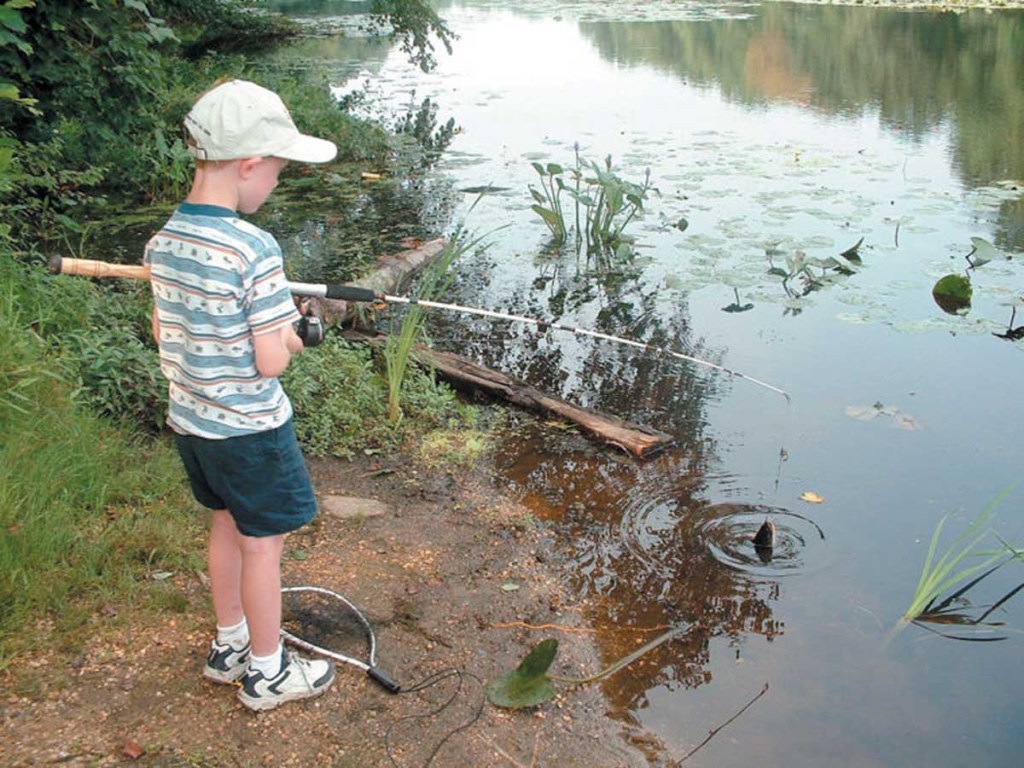State Issues Fish Advisory for Coosa
Published 11:34 am Wednesday, September 3, 2008

- The 2008 Alabama Department of Human Health Alabama fish consumption advisories have been released and the Coosa River has five particular areas with fish affected.
he 2008 Alabama Department of Human Health Alabama fish consumption advisories have been released and the Coosa River has five particular areas with fish affected.
* In the Coosa River area between Neely Henry Dam and Riverside, catfish over one pound remain on the limited consumption list because of PCBs (Polychlorinated biphenyls) contamination.
* In the Coosa River area between Riverside and Logan Martin Dam, Striped Bass remain in the ‘do not consume’ category because of PCBs contamination.
* In the portion of the Coosa River between Logan Martin Dam and the railroad tracks crossing the Coosa near Vincent, Striped Bass remain in the ‘do not consume’ category because of PCBs contamination.
* In the Coosa River area of Lay Lake between Logan Martin Dam and Lay Dam, Striped Bass remain in the ‘do not consume’ category because of PCBs contamination.
* In the Coosa River area of the upper Lay Lake Reservoir approximately 2 miles downstream of Logan Martin Dam and one half mile downstream from the Kelly Creek-Coosa River convergence in the vicinity of Ratcliff/Elliot Island, Spotted Bass also remain on the limited consumption (up to two meals a month) list because of PCBs and mercury contamination.
According to the Food and Drug Administration, (FDA) and the Environmental Protection Agency (EPA) unless otherwise noted limited consumption means that, “Women of reproductive age and children less than 15 years old should avoid eating certain fish from these areas. Other people should limit their consumption of the particular species to one meal per month. A meal is considered to be six ounces of cooked fish or eight ounces of raw fish.
Fish are generally considered to be a part of a healthy diet. Fish brings quality protein, nutrients and omega-3 fatty acids to the table.
According to the U.S. Department of Health, most shellfish and fish contain traces of mercury but for most people it is not a health issue. The biggest concern with mercury consumption and PCBs are their effects on young or unborn babies and the development of their nervous systems.
PCBs are a chemical that has escaped and traveled through the years, inhabiting even remote regions. Made up of over 200 manmade chemicals they vary in color without any smell or taste. They are all over the country, prevalent in the soil, air, food and water. Epa.org says that PCBs were engineered and commonly used in construction material and electrical products before 1979 when they were banned from being manufactured in the U.S. Products that may contain PCBs include:
*Transformers and capacitors
*Other electrical equipment including voltage regulators, switches, reclosers, bushings, and electromagnets
*Oil used in motors and hydraulic systems
*Old electrical devices or appliances containing PCB capacitors
*Fluorescent light ballasts
*Cable insulation
*Thermal insulation material including fiberglass, felt, foam, and cork
*Adhesives and tapes
*Oil-based paint
*Caulking
*Plastics
*Carbonless copy paper
PCBs in our environment continue to diminish over time but any building over 30 years old may contain PCBs.
Anyone exposed to large amount of PCBs may incur acne or rashes on the skin and according to the EPA, too much exposure to PCBs may cause cancer in humans.
Cindy Lowry is the Executive Director of the Alabama Rivers Alliance. Their mission is to, “protect and restore state rivers through water quality and quantity policy advocacy, restoration planning, grassroots organizing, and watershed education in order to achieve clean and healthy watershed ecosystems, healthy people, strong economies, and a functioning democratic system of government in Alabama.” PCBs are very difficult to remove our waterways. “The deal with PCBs and mercury is that they are heavy metals and they persist in river sediment, settle down and get stronger,” Lowry said. “It’s important that the Alabama Department of Public Health is testing the water and the fishes. There are still many rivers, streams and fishes that aren’t tested.”



